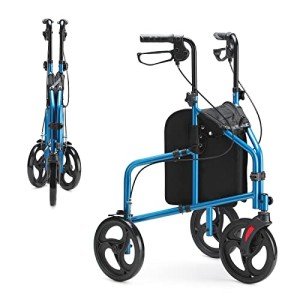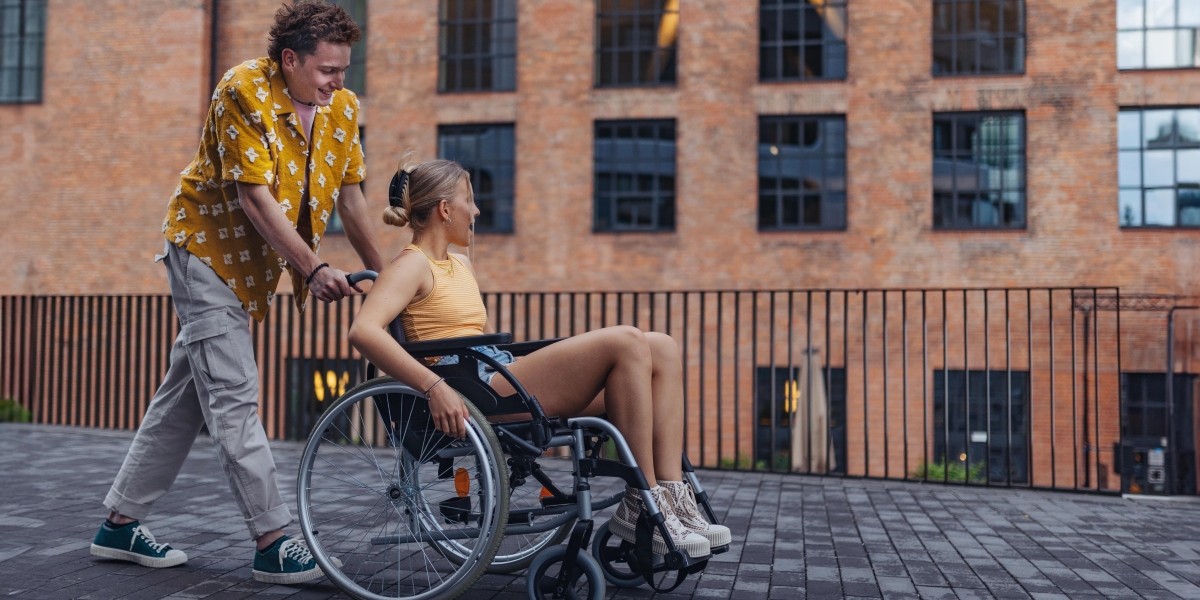As individuals age, maintaining mobility becomes a crucial aspect of their overall well-being. For seniors, the ability to walk safely and independently is tied to their physical health, mental outlook, and quality of life. Enter the senior walker, a vital mobility aid that not only promotes stability and balance but also empowers seniors to live active lives. This article will delve into what senior walkers are, their types, benefits, tips for usage, and common questions regarding their features.

Understanding Senior Walkers
A senior walker, often referred to simply as a walker, is a mobility device designed to support individuals with walking difficulties. It provides stability and balance, reducing the risk of falls and enabling users to navigate various environments, from homes to public spaces. Walkers can vary widely in design, materials, and functionality, catering to the specific needs of the elderly.
Types of Senior Walkers
There is a range of walkers available in the market, each designed to meet different requirements. Below is a table showcasing various types of senior walkers along with their distinct features:
| Type of Walker | Description | Ideal For |
|---|---|---|
| Standard Walker | A lightweight frame with four legs providing stability. | Those with good upper body strength who need basic support. |
| Wheeled Walker | A walker with two wheels in the front, allowing for easier movement. | Individuals with limited upper body strength or who require additional mobility. |
| Rollator | A walker with wheels on all four corners, often equipped with a seat and storage. | Seniors who may need to rest frequently and carry items. |
| Hemi Walker | Designed for individuals who have the use of one hand or arm; features a wide base and two handle grips. | Seniors recovering from a stroke or those with unilateral weakness. |
| Transport Walker | A compact walker that can easily fold for transportation; often features a seat. | Seniors looking for a portable option for short distances. |
Benefits of Using a Senior Walker
The implementation of a walker can lead to numerous advantages for seniors, markedly altering their mobility experience. Here’s a list of benefits associated with using senior walkers:
- Improved Stability: Walkers provide a solid base of support, reducing the likelihood of falls.
- Enhanced Confidence: With the added support of a walker, seniors often feel more secure when moving around, boosting their self-confidence.
- Increased Independence: With improved mobility, seniors can partake in social activities, run errands, or even engage in light exercise independently.
- Posture Support: Walkers encourage proper posture, reducing the risk of additional strain on the back and joints.
- Built-in Storage (in Rollators): Allows seniors to carry personal items like water, medications, or groceries, facilitating more extended outings.
Tips for Using a Senior Walker
To maximize the effectiveness and safety of a senior walker, users should consider the following tips:
- Choose the Right Type: Select a walker that best suits the user's mobility needs and physical condition.
- Adjust for Comfort: Ensure the walker is the right height; the handles should align with the user’s wrist when standing upright.
- Practice Walking Techniques: When using a walker, always step first with the weaker leg, followed by the stronger leg.
- Stay Aware of Surroundings: Keep an eye on the terrain and avoid slippery or uneven surfaces that may pose a risk.
- Regular Maintenance: Check for any wear and tear on the walker, ensuring it remains safe and functional.
Frequently Asked Questions (FAQs)
1. At what age should someone start using a walker?
There is no specific age limit for using a walker; it generally depends on a person's mobility issues or health condition. Seniors who express difficulty in walking safely may benefit from using one.
2. How do I know if a walker is right for me?
Consulting with a healthcare professional is the best way to determine the most suitable mobility aid. They can assess your balance, strength, and level of independence.
3. Can I use a walker outdoors?
Yes, many walkers are designed for both indoor and outdoor use. However, opt for walkers with larger wheels for rough terrains and uneven surfaces.
4. Are there any additional accessories for senior walkers?
Yes, various accessories can enhance the functionality of walkers, include:
- Cup holders
- Storage bags
- Seat cushions
- Walkie-talkie or phone holders for safety
5. How do I take care of my walker?
Regularly check for loose screws, ensure the rubber tips are intact, and keep the walker clean. Follow the manufacturer's guidelines for proper maintenance.
In conclusion, senior walkers play a pivotal role in providing mobility assistance for the elderly. They serve not only as tools for support but also as enhancers of independence, dignity, and quality of life. By understanding the different types of walkers available, their distinct benefits, and the proper usage guidelines, both seniors and caregivers can make informed decisions that lead to safer movement and enriched living. With the right walker, seniors can embrace their golden years with confidence and connection to the world around them.








